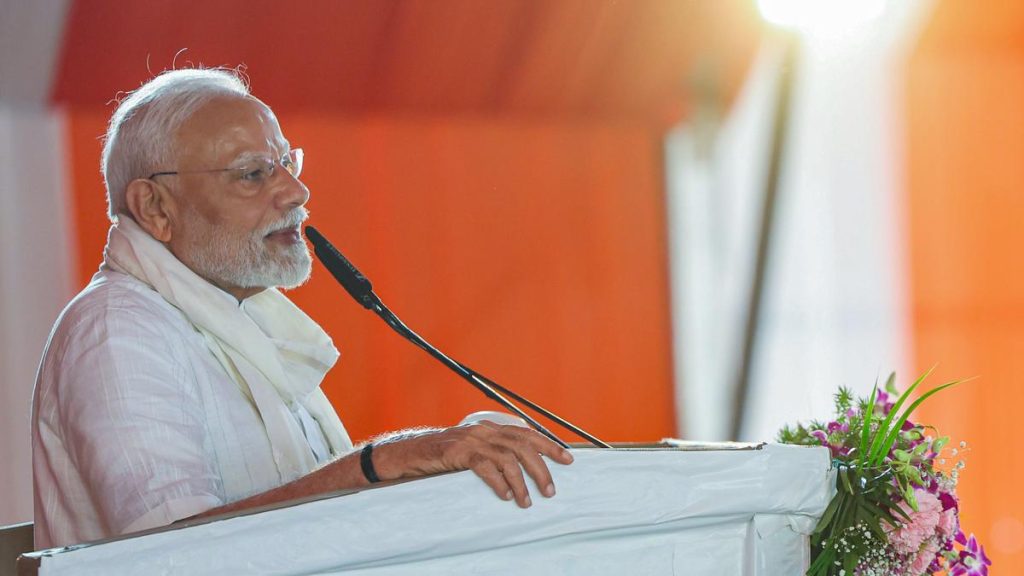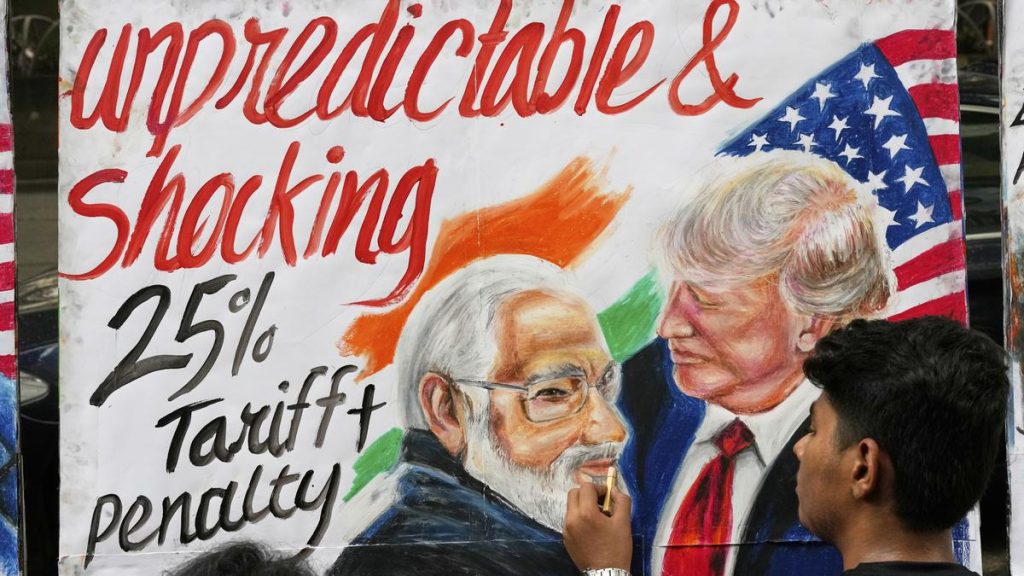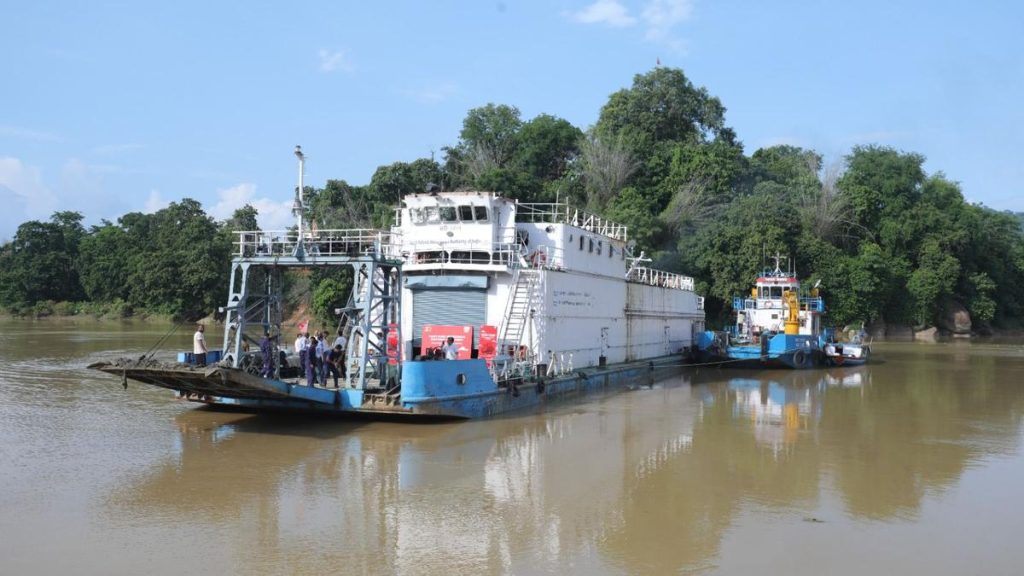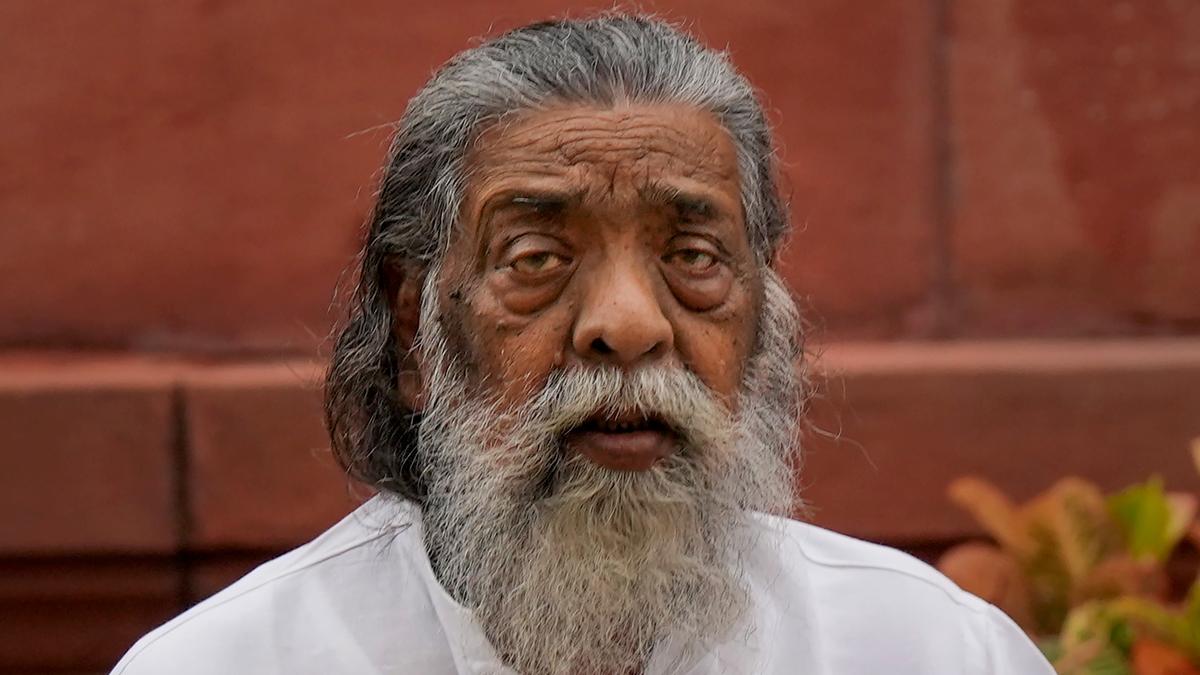Now Reading: Naxal Influence Wanes: What’s Next for India?
-
01
Naxal Influence Wanes: What’s Next for India?
Naxal Influence Wanes: What’s Next for India?
Quick Summary:
- geographical Challenges: Garpa village in Narayanpur district, Chhattisgarh, remains difficult to access due to rough terrain despite road-building efforts. Maoist control in the area has diminished, but nature continues to obstruct progress.
- Security Camps adn Roads: Security camps established over the last year have enabled the construction of new pathways and better connectivity for villages. Five government “access pockets” now exist in Bastar region.
- Government Initiatives: Programs like Niyad Nellanar aim to provide welfare schemes within a 10-km radius around security camps. Thes include temporary welfare camps offering health services and tribal development programs like DAJGUA.
- Challenges Faced: Inaccessible villages (133 out of 377), costly road-building efforts for sparsely populated areas, lack of awareness about government schemes among villagers, poor electrification, network issues, Aadhaar duplication problems, and transportation barriers make service delivery arduous.
- Population Census Difficulty: Conducting a census is expected to be challenging due to scattered populations across rough terrains.
- Positive Developments: surrendered Maoists are being trained in construction-related skills; villagers are taking initiatives on their own by seeking jobs under NREGA or applying for rations and houses under Pradhan Mantri Awaas Yojana-Rural.
Indian Opinion Analysis:
The gradual erosion of Maoist control over Bastar marks an vital milestone for India’s internal security efforts. While important progress has been made with new roads and security camps enabling governance outreach into previously inaccessible areas, challenges remain multifaceted-logistical hurdles tied to isolated populations steeped in decades-old fear require sustained intervention. Welfare distribution models like niyad Nellanar prove promising but depend heavily on overcoming fundamental barriers such as transportation costs or lack of adequate infrastructure.
Efforts towards training surrendered insurgents signal a thoughtful integration strategy that could contribute economically while stabilizing regions formerly impacted by left-wing extremism. However, balancing financial feasibility with equitable distribution remains critical given sparse populations demanding high-cost solutions.
India’s success here holds broader implications not just for counter-terrorism but also tribal rights advocacy rooted within this region’s complex history-the shift from fear-driven isolation towards assertion by locals signals early signs of empowerment worth nurturing through consistent engagement.
For further details: source
























